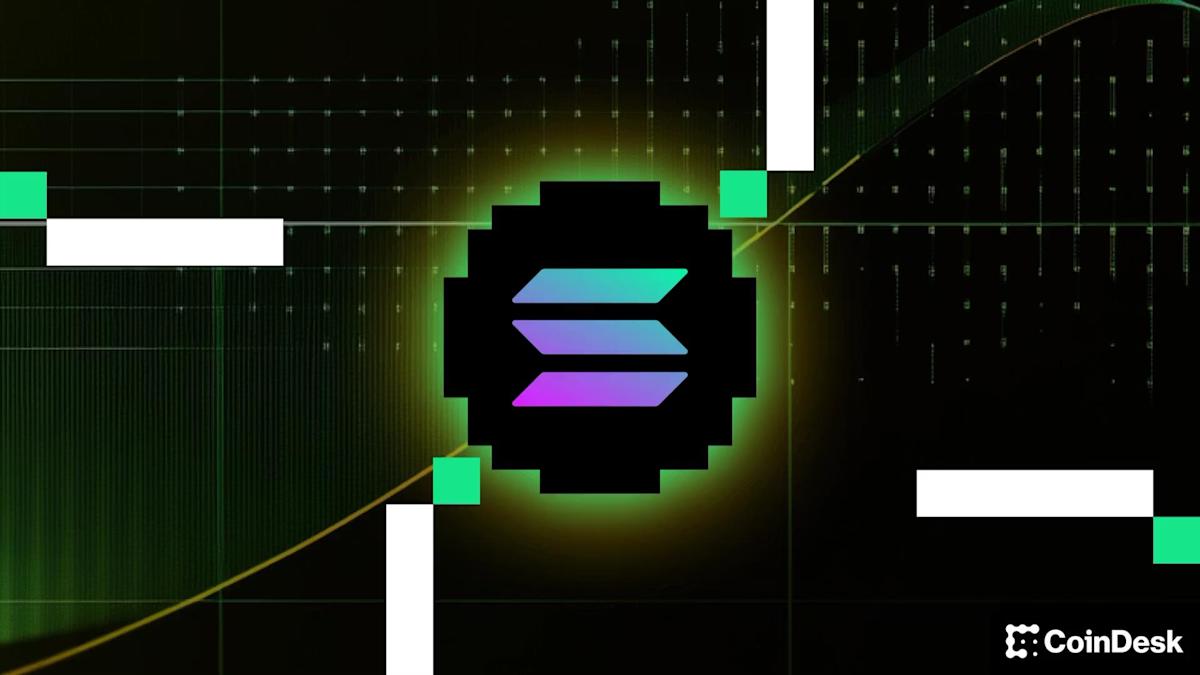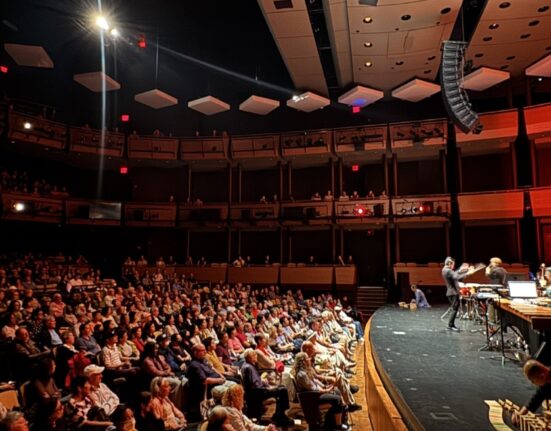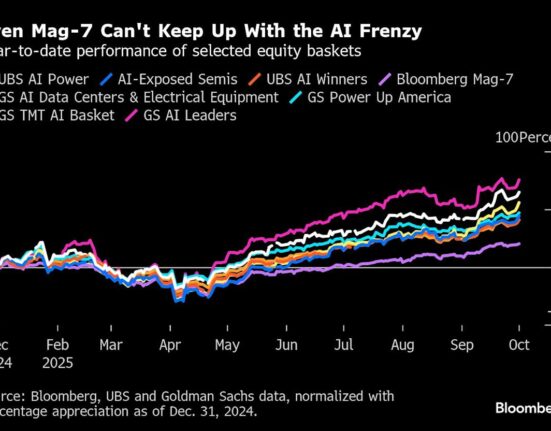Solana is preparing for a major overhaul that could make its famously fast blockchain even faster — and a lot easier to run.
In its “Crypto Monthly Recap for September 2025” research report published Oct. 3, global asset manager VanEck says Solana’s upcoming Alpenglow upgrade marks the biggest change to the network’s core software since launch.
The firm calls it “the largest upgrade to Solana’s consensus in its history,” pointing to six key changes that together promise faster performance, lower costs, and greater reliability.
For readers less familiar with Solana’s design, Alpenglow essentially changes how the network’s thousands of validators agree on which transactions are valid. That process, known as consensus, is being streamlined so data moves through the system more efficiently and validators can operate with less friction.
Faster finality. Today, Solana takes around 12 seconds to finalize a transaction, meaning to confirm it permanently.
Alpenglow cuts that to about 150 milliseconds — roughly the time it takes to blink. Faster finality makes trades, payments and app interactions feel instantaneous, bringing Solana closer to web-level responsiveness.
Off-chain voting. Validators currently vote on every new block by submitting thousands of small transactions on-chain.
That keeps the network secure but clogs bandwidth. Alpenglow moves voting off-chain, letting validators exchange votes privately and later post a single proof. This clears space for regular user transactions and helps keep network fees low.
Simpler validator costs. Instead of paying transaction fees for every vote, validators will submit a single Validator Admission Ticket each cycle.
This reduces costs and makes it easier for smaller operators to run validators, which strengthens decentralization and network security.
Streamlined communication. Solana’s nodes constantly share messages to stay in sync, a process known as “gossip.”
Alpenglow reduces this background traffic so validators spend less time and bandwidth coordinating with each other. That makes the system more stable, even when some validators go offline.
Bigger blocks. Developers plan to increase block capacity by 25% by the end of the year.
A block is a batch of transactions added to the ledger. More capacity means Solana can fit more transactions into each block, reducing waiting times and congestion.
The Firedancer client. Built by Jump Crypto, Firedancer is a second, independent version of Solana’s validator software expected to go live in late 2025.
Having two clients means the network can keep running smoothly if one experiences problems.
Solana is preparing for a major overhaul that could make its famously fast blockchain even faster — and a lot easier to run.
In its “Crypto Monthly Recap for September 2025” research report published Oct. 3, global asset manager VanEck says Solana’s upcoming Alpenglow upgrade marks the biggest change to the network’s core software since launch.
The firm calls it “the largest upgrade to Solana’s consensus in its history,” pointing to six key changes that together promise faster performance, lower costs, and greater reliability.
For readers less familiar with Solana’s design, Alpenglow essentially changes how the network’s thousands of validators agree on which transactions are valid. That process, known as consensus, is being streamlined so data moves through the system more efficiently and validators can operate with less friction.
Faster finality. Today, Solana takes around 12 seconds to finalize a transaction, meaning to confirm it permanently.
Alpenglow cuts that to about 150 milliseconds — roughly the time it takes to blink. Faster finality makes trades, payments and app interactions feel instantaneous, bringing Solana closer to web-level responsiveness.
Off-chain voting. Validators currently vote on every new block by submitting thousands of small transactions on-chain.
That keeps the network secure but clogs bandwidth. Alpenglow moves voting off-chain, letting validators exchange votes privately and later post a single proof. This clears space for regular user transactions and helps keep network fees low.
Simpler validator costs. Instead of paying transaction fees for every vote, validators will submit a single Validator Admission Ticket each cycle.
This reduces costs and makes it easier for smaller operators to run validators, which strengthens decentralization and network security.
Streamlined communication. Solana’s nodes constantly share messages to stay in sync, a process known as “gossip.”
Alpenglow reduces this background traffic so validators spend less time and bandwidth coordinating with each other. That makes the system more stable, even when some validators go offline.
Bigger blocks. Developers plan to increase block capacity by 25% by the end of the year.
A block is a batch of transactions added to the ledger. More capacity means Solana can fit more transactions into each block, reducing waiting times and congestion.
The Firedancer client. Built by Jump Crypto, Firedancer is a second, independent version of Solana’s validator software expected to go live in late 2025.
Having two clients means the network can keep running smoothly if one experiences problems.








Leave feedback about this